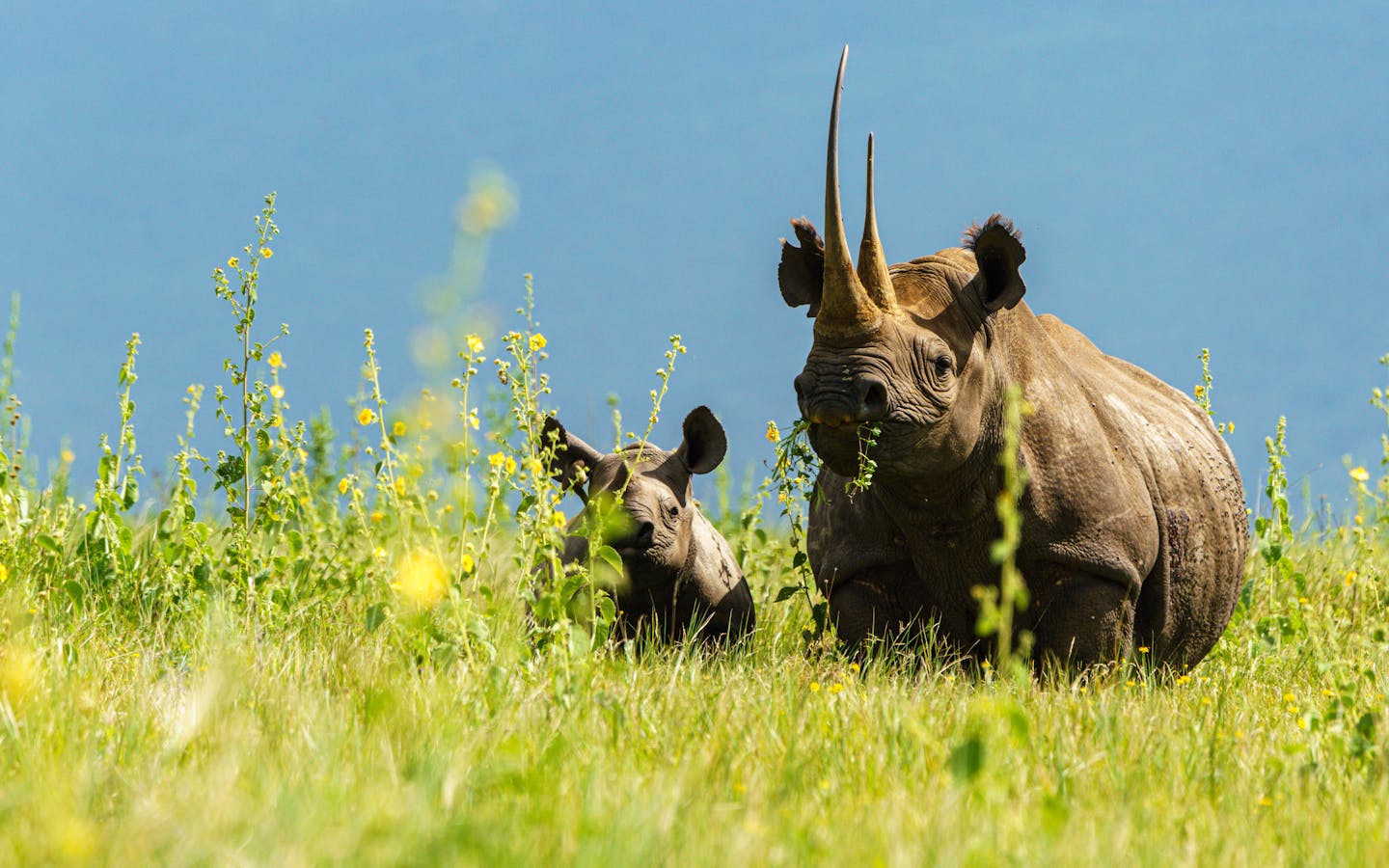“Wildlife Trafficking Detection Tools: Best Practices and Application to the Illegal Rhino Horn Trade” analyzes existing and promising new tools and best practices to detect wildlife contraband, with a focus on intercepting rhino horn in transit.
Developed through the Emerging Wildlife Conservation Leaders program, in partnership with United for Wildlife, the report aims to help customs enforcement, border authorities, wildlife agencies, the private sector and the broader enforcement community identify and select the tools best-suited to detecting illegal wildlife products based on their needs, and financial and technical resources.
Detection tools are an essential component of any successful counter trafficking strategy. As large quantities of goods and people move across the globe every day, governments and supporting partners are tasked with the challenge of detecting, stopping and confiscating wildlife contraband, despite limited resources. Detection tools help to meet this challenge by enhancing their ability to detect and ultimately disrupt the illegal wildlife trade.
The report discusses the following tools:

Sniffer dogs
One of the most effective assets used to detect wildlife contraband, especially rhino horn. Dogs can be trained on a variety of wildlife species and provide superior detection skills compared to humans and many technologies.
X-ray scanning equipment
One of the most well-known detection tools, often serving as the first line of defense for security and customs agencies.
Applications (apps)
Accessible to both enforcement authorities and the general public, specialized apps provide an opportunity for rapid identification and instantaneous reporting of illegal trade or possession of species/specimens.
Artificial Intelligence
The newest tool, AI represents a potential game changer in the fight against wildlife trafficking. Using computer vision and machine learning, AI can facilitate species identification, verification of shipping contents/documentation, online sales detection and identify trafficking patterns.

Information-sharing systems
These systems support coordination and collaboration both within and between governments to better combat the illegal wildlife trade. Secure information-sharing platforms help governments collect and share expertise, intelligence, data, trends and best practices to facilitate more efficient and targeted use of resources.
Risk management systems
These systems help authorities prioritize and focus their efforts on high-risk targets to more efficiently allocate scarce resources, while facilitating low-risk movements.
Training programs and educational materials
These tools equip front-line personnel with the information necessary to operate detection tools and use their knowledge and intuition to break the wildlife trafficking chain.
Read the report
For more information, please use our contact form and request to connect to Andrew Schatz.




